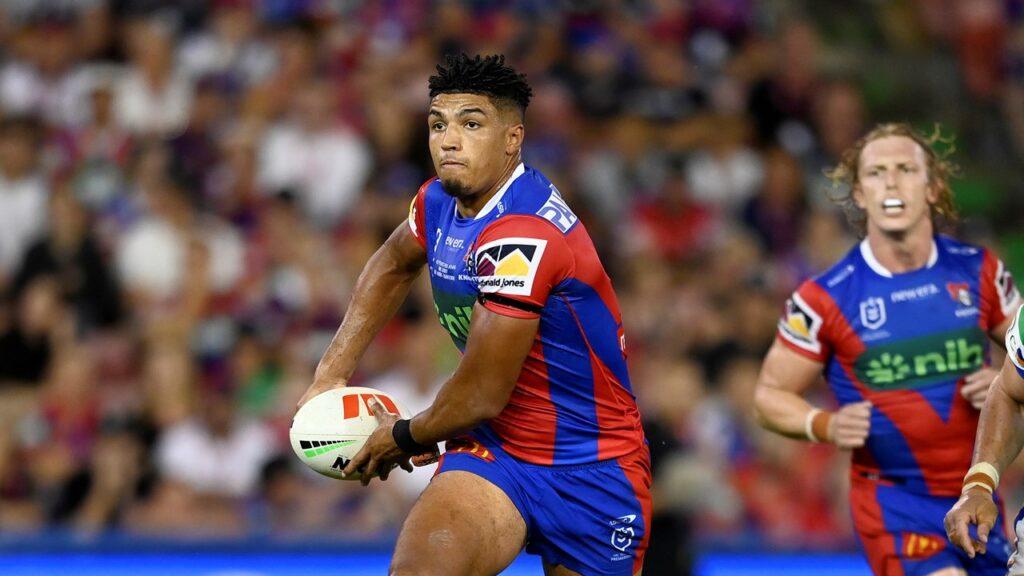
How the SuperCoach title was won in 2021
Actuary Adam Driussi compares his 2021 side to overall champion Tim Moodie's, to provide us with some strategic lessons on chasing success.
07/02/2022Discussion (4)
Related /

NRL
Quantium Data Analysis: 2024 True Player Ownership Stats, RD 10
16/05/2024

NRL
Quantium Data Analysis: 2024 True Player Ownership Stats, Rd 9
09/05/2024

NRL
Quantium Data Analysis: 2024 True Player Ownership Stats, Rd 8
01/05/2024

NRL
Quantium Data Analysis: 2024 True Player Ownership Stats, Rd 6
17/04/2024

